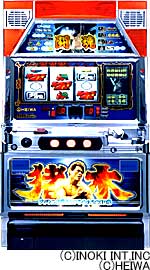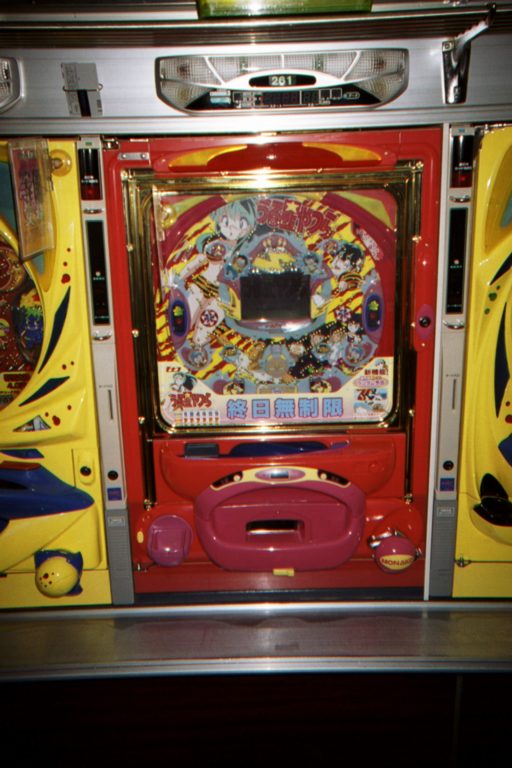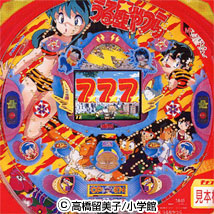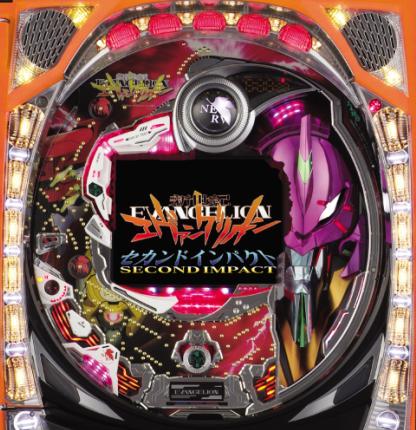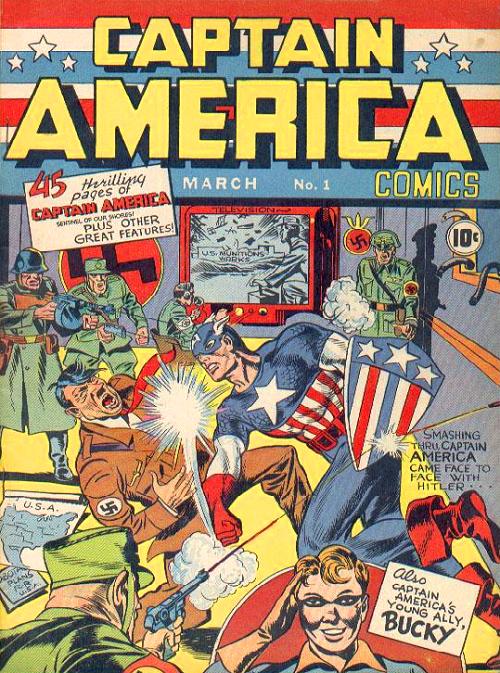An Akihabara Nerd to Run for the Upper House… Tarui Dresses Like a Fantasy Warrior on RPG-like Homepage
The LDP’s Foreign Minister Taro Aso is well-known for being popular among the Akihabara (read:anime/manga/video game nerd) set, but there is one man in the DPJ who considers himself an “Akiba-kei” (Akihabara-style otaku). That man is 39-year-old Yoshikazu Tarui, a former Lower House member. He is gaining attention for his uniqueness in such odd moves as putting pictures of himself dressed like a fantasy warrior on his business cards and homepage and displaying images of DPJ President Ichiro Ozawa dressed as “King Zawa.”
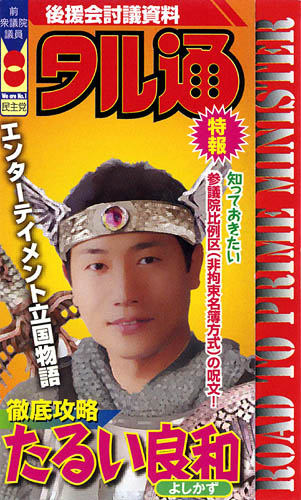 Open Tarui’s homepage, and a story on the theme of “a country built on entertainment” will begin. It’s set up like a role-playing game, and King Zawa asks “Warrior Tarui”: “Hey, what happened Tarui? What is it?” as the story progresses.
Open Tarui’s homepage, and a story on the theme of “a country built on entertainment” will begin. It’s set up like a role-playing game, and King Zawa asks “Warrior Tarui”: “Hey, what happened Tarui? What is it?” as the story progresses.
Tarui is well known as a professional wrestling and kickboxing fan in the DPJ, and “Killer Kan” a great general played by Acting President Naoto Kan also shows up. This is a pun on the famous wrestler Killer Khan who was big in New Japan Pro Wrestling and famous for his special move the Mongolian Chop. DPJ Secretary General Yukio Hatoyama’s appearance is still in the planning stages, reportedly.
Tarui is running in this summer’s upper house race as a proportional representation candidate, but in response to questions from Yukan Fuji (=ZAKZAK), he explains, “Since there are no Akiba-kei Diet members in Nagata-cho, I thought that I’d try and grab the segment of people who are interested in pop culture and digital contents, so I made this site.” His campaign promise is “promotion of the entertainment content industry.”
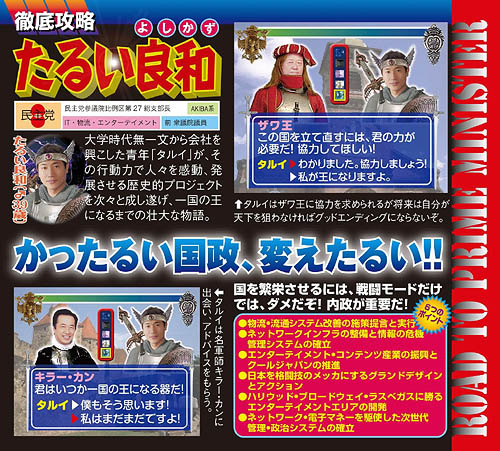 He has a fold-out business card with the word “Tarutsu” on the cover in the style of famous video game magazine “Famitsu” along with a photo of Tarui dressed as a warrior. Open the card, and along with pictures of Tarui with “King Zawa” and “Killer Kan” there is a pun-filled message: 「かったるい国政、変えたるい!!」 (I’ll change the tired old national politics!). On the back is the strong slogan: “Bring the first akiba-kei Diet member in history back to national politics!”
He has a fold-out business card with the word “Tarutsu” on the cover in the style of famous video game magazine “Famitsu” along with a photo of Tarui dressed as a warrior. Open the card, and along with pictures of Tarui with “King Zawa” and “Killer Kan” there is a pun-filled message: 「かったるい国政、変えたるい!!」 (I’ll change the tired old national politics!). On the back is the strong slogan: “Bring the first akiba-kei Diet member in history back to national politics!”
You’d think he’d have confidence in this masterwork, but Tarui actually seems to be keeping his distance: “I gave this to Kan, but I’ve been too scared to show it to Ozawa since I made it without asking. This might freak regular people out, so I am not giving it out so much. I am mostly just giving it to people in the industry.
Certainly, there are those in Nagatocho who are cool on the wacky concept, saying “all we can do is laught,” but a source close to Tarui explains that he’s “a totally serious person.”
Actually, in Tarui’s own running column in “Weekly Famitsu” magazine, he seriously explains his ‘pet project’: “Promotion of entertainment not only has economic effects for the country, but will also help to raise [Japan’s] image. Would you want to fire a missile at Korea after having seen Winter Sonata? If you consider those feelings, you can understand that entertainment content is truly the best diplomat for prevention of wat and boosting tourism and economic exchange!”
Even Aso must be surprised at this guy!
ZAKZAK 2007/02/13
Both sides are likely to run celebrities and other fluff candidates for the national PR seats this summer, but a seasoned policy wonk with a taste for the absurd? I like.

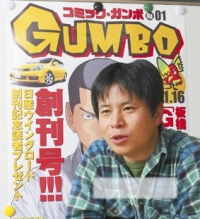
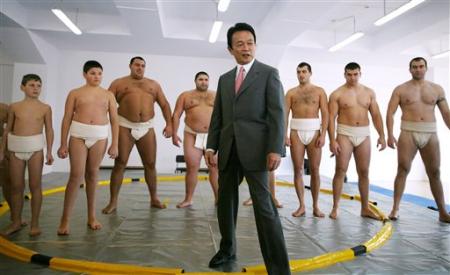
 If you enjoyed my recent
If you enjoyed my recent 
